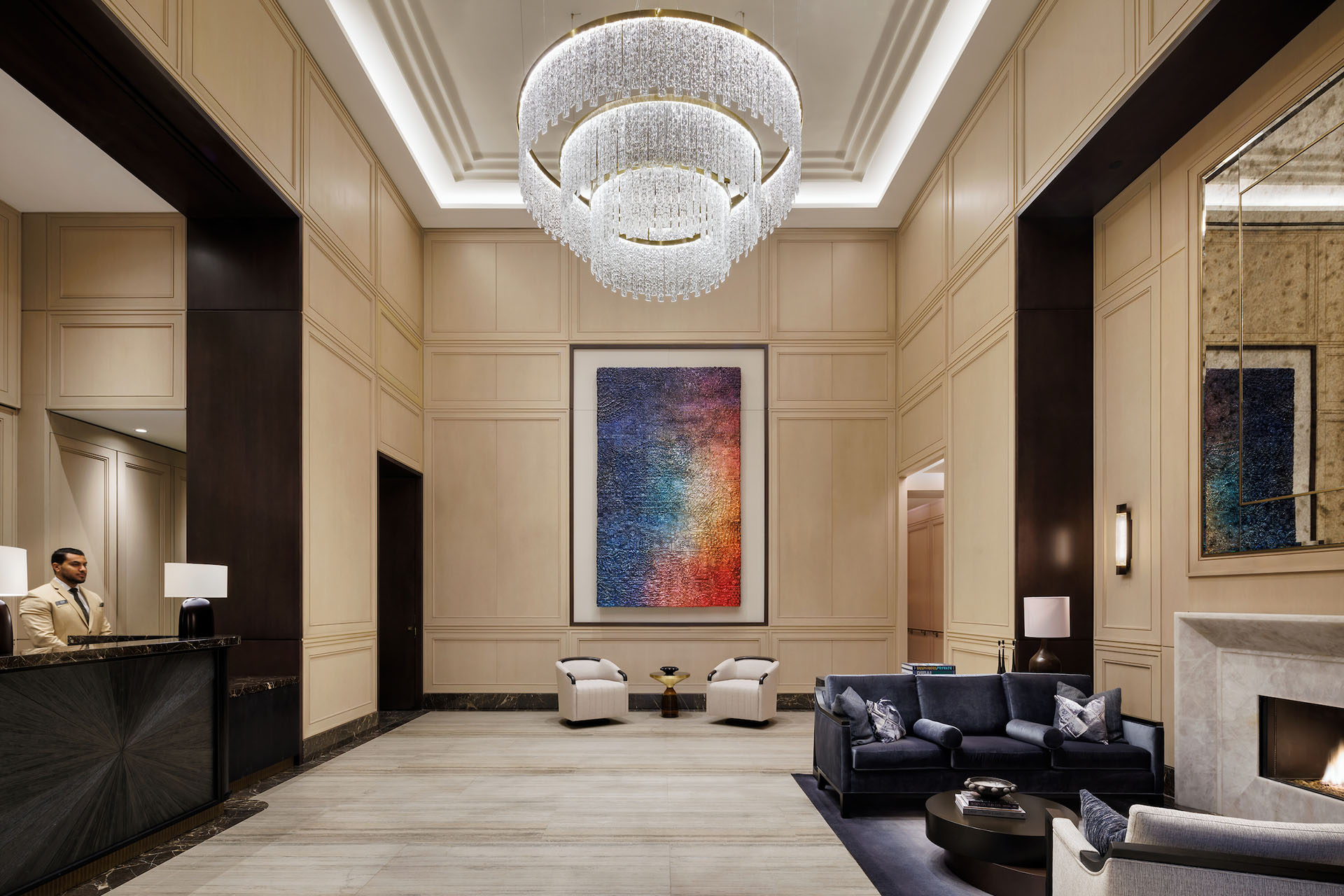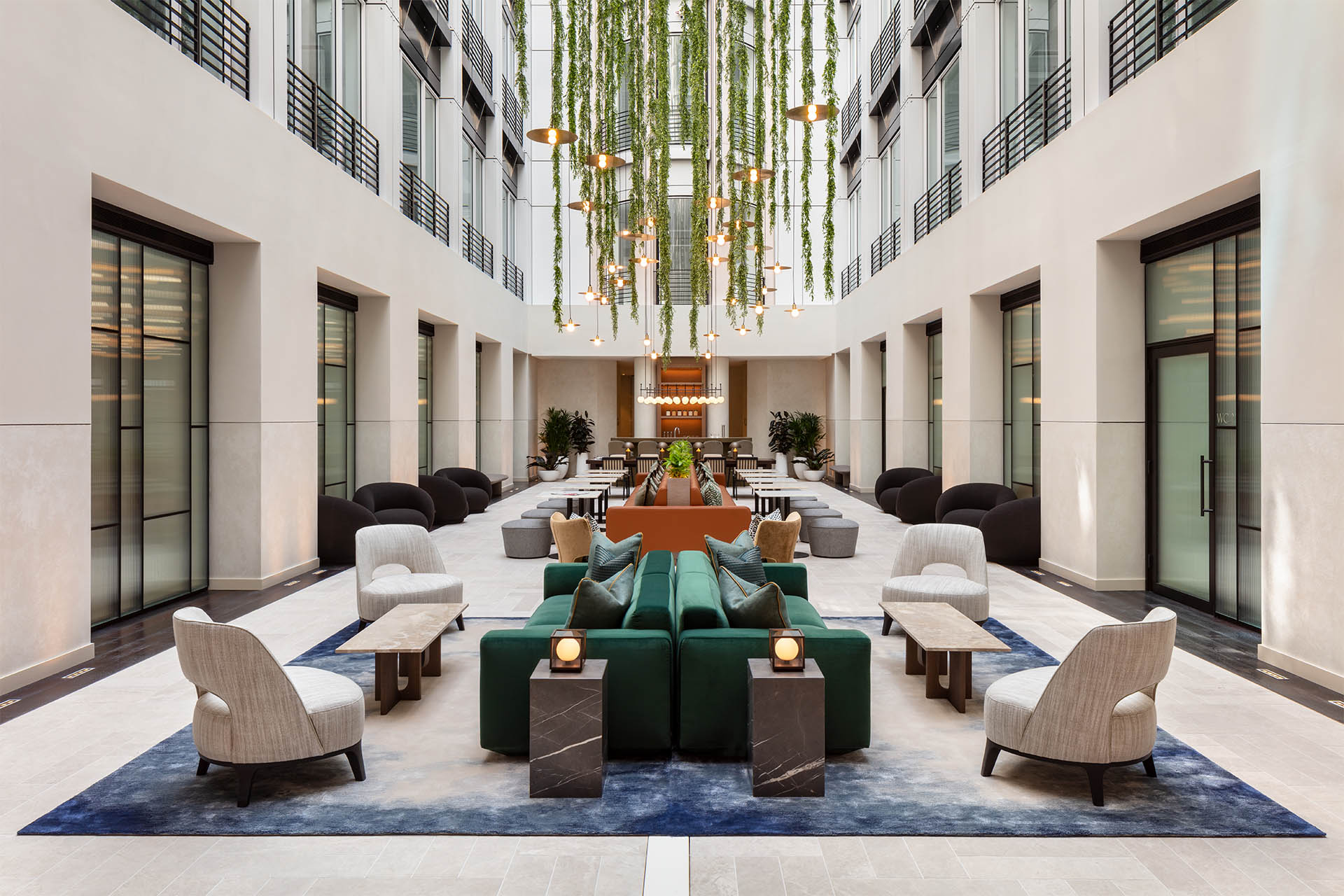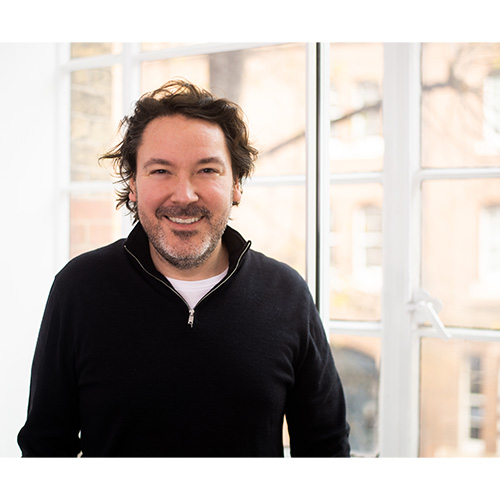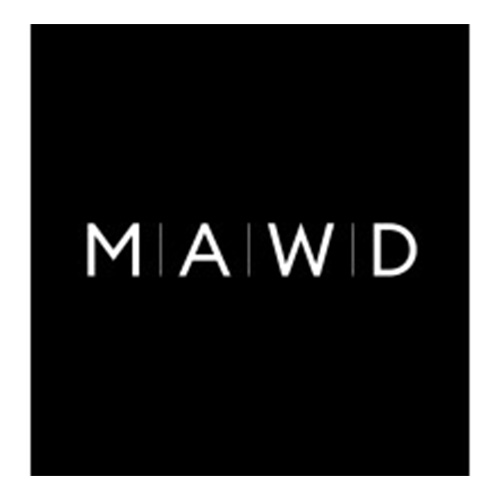

| CANVAS OF PLANS & DRAWINGS |
INTERIOR & DÉCOR, but with a twist |
| HOTELS & RESTAURANTS, beyond mainstream |
Notes on ART |
| Into big AFFAIRS | INSIDERS |
| GLIMPSES | |
Keywords:
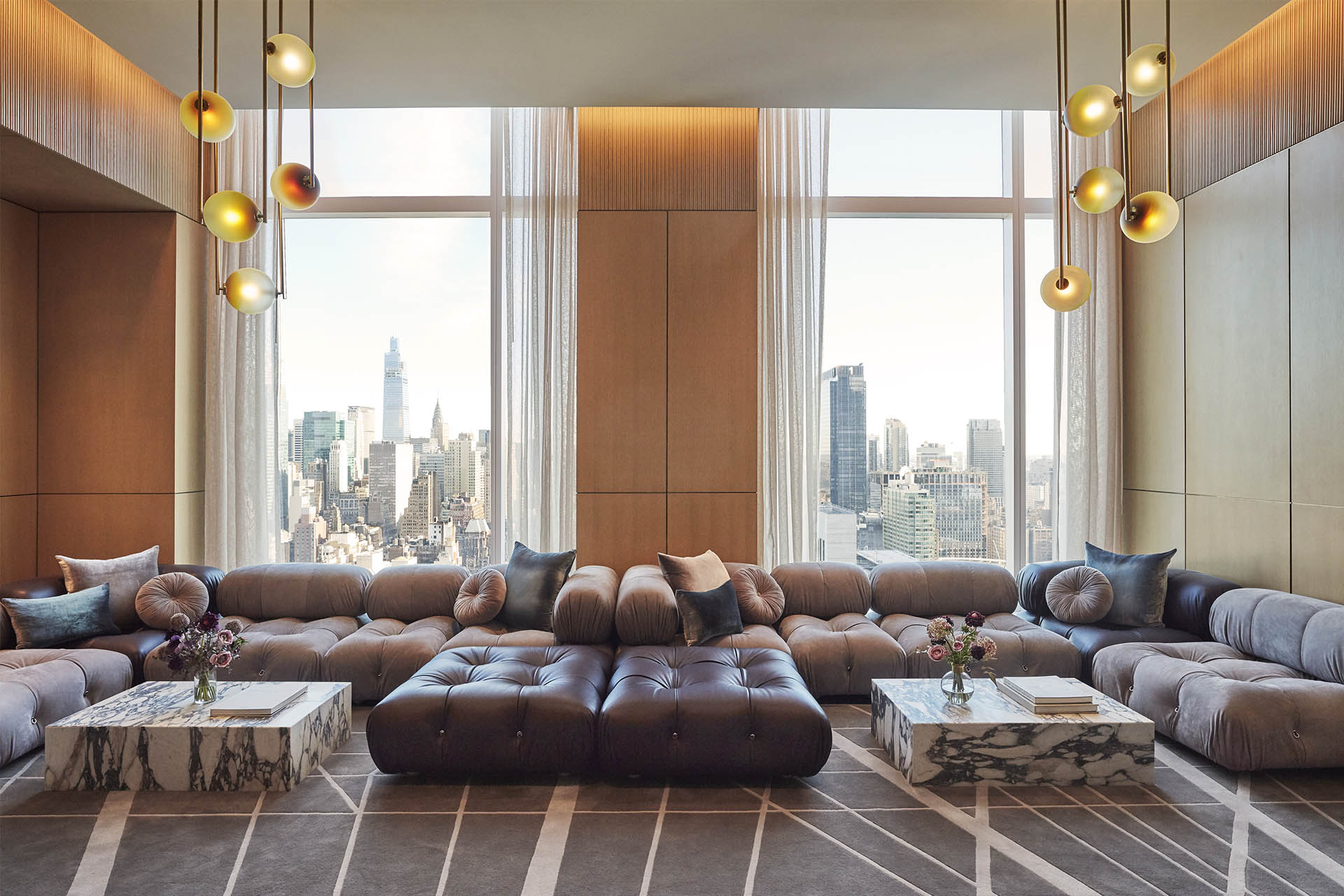
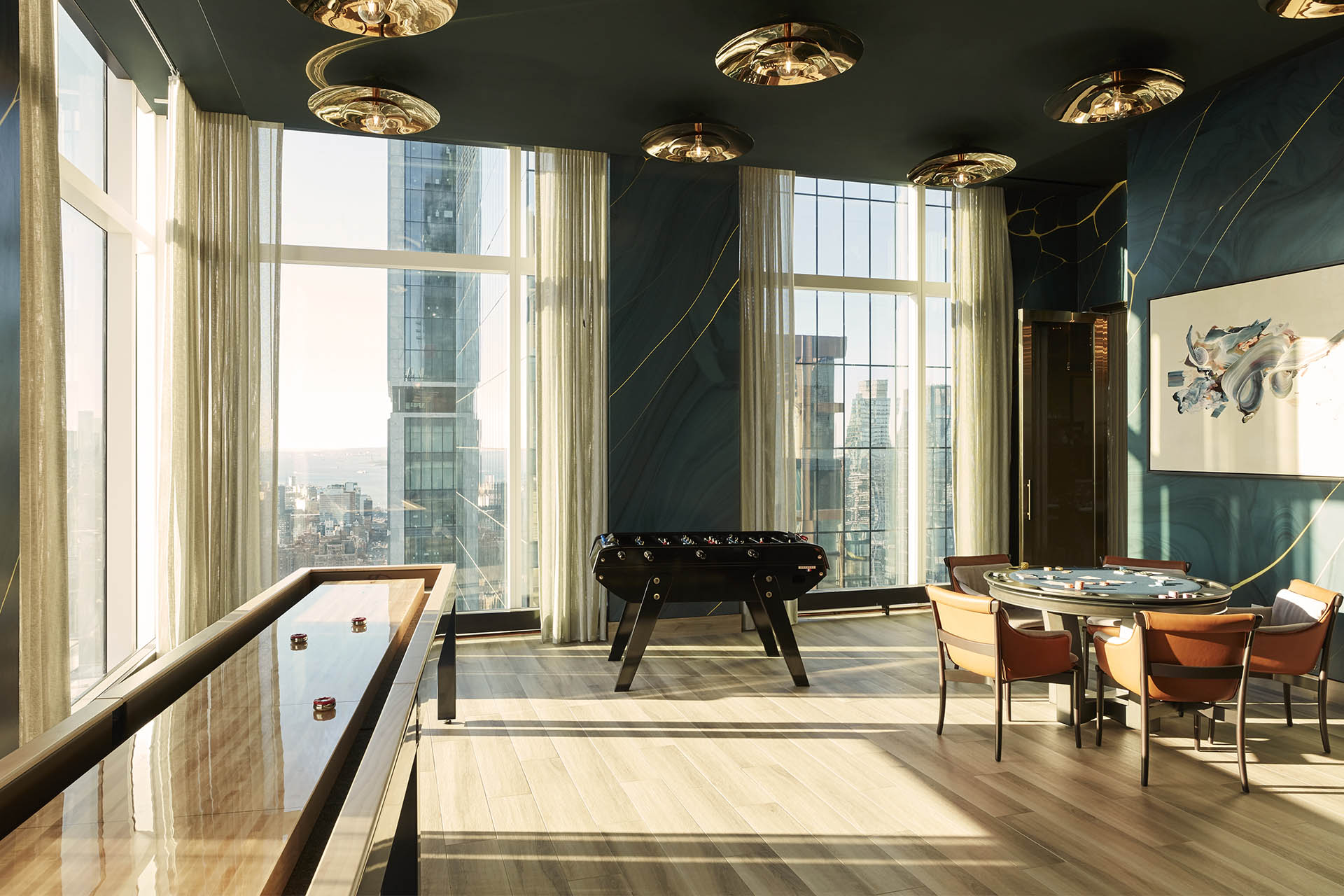
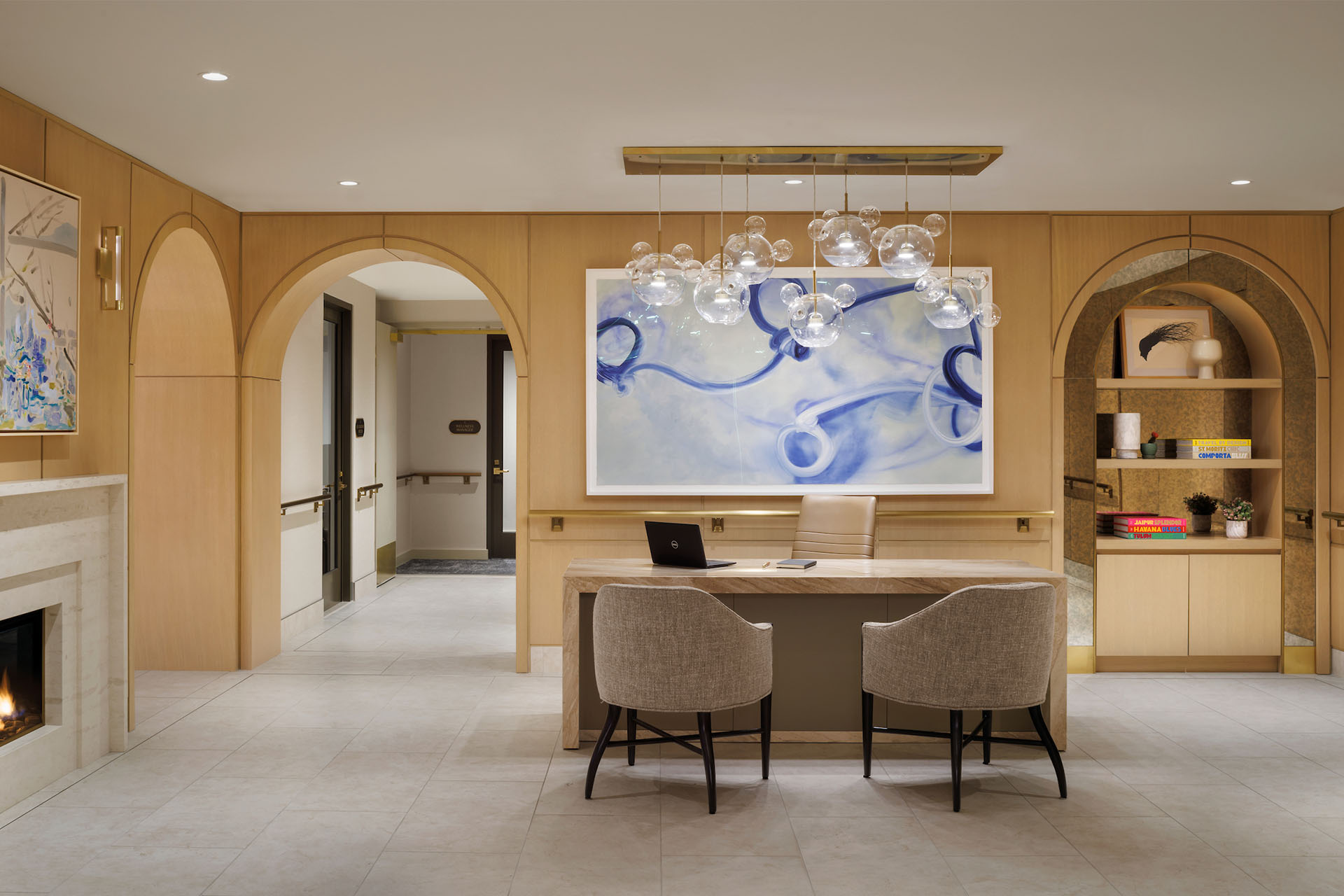
If I think about the trends for the new year and those I expect will be more prevalent, the terms that immediately come to mind are ‘bespoke’ and ‘artisanal’. Handcrafted objects, ceramic tiles, wood and specialist finishes are what add a distinctive feature to the projects, what give them personality. With the demand for customisation and bespoke services increasing across each sector of the industry, I expect a major return of the handmade to add an extra layer of luxury to interiors. Quiet luxury is another trend that appeals to modern day clients looking for an interior design that oozes understated elegance, timeless appeal, and high-quality materials. It's a movement that prioritizes simplicity and refinement, creating serene, calming spaces that reflect a sense of sophistication without ostentation.
Today, when you go to high-end restaurants and clubs, the experience is almost a must. You can feel that evocative feeling given by the materials, by the finishes and by a specific attention to the made-to-measure details that transports you somewhere else. I believe that in the course of 2024 this will also begin to effect residential spaces and the development sector as well as amenities. An example that I can cite is our Marcus Townhouse, in which a journey has been shaped through the traditional listed rooms, up to darker colors of contemporary spaces and then to a sense of theatrics given by the staircase in the center with red and green shades. Finally, I think that such a sense of experience will end up focusing on specialist finishes, craftsmanship and bespoke, while minimalism – as far as it will always have a space – will see a decrease in popularity.
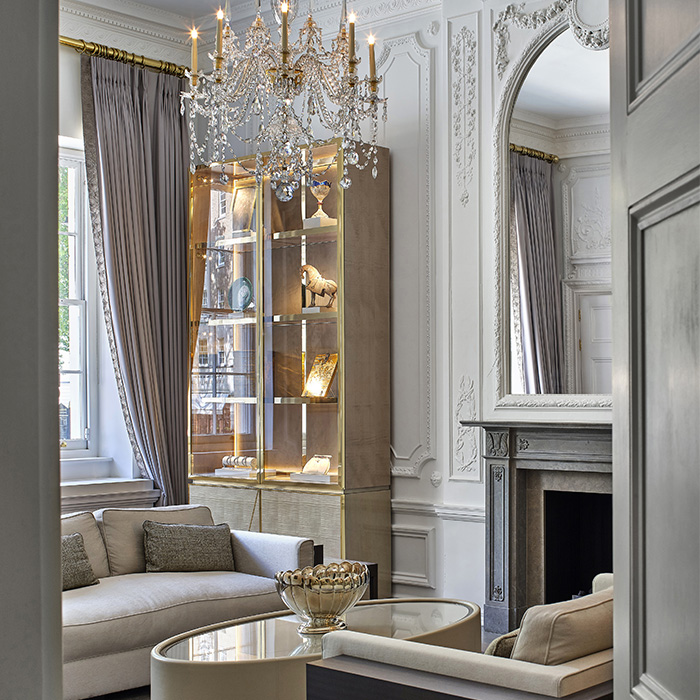
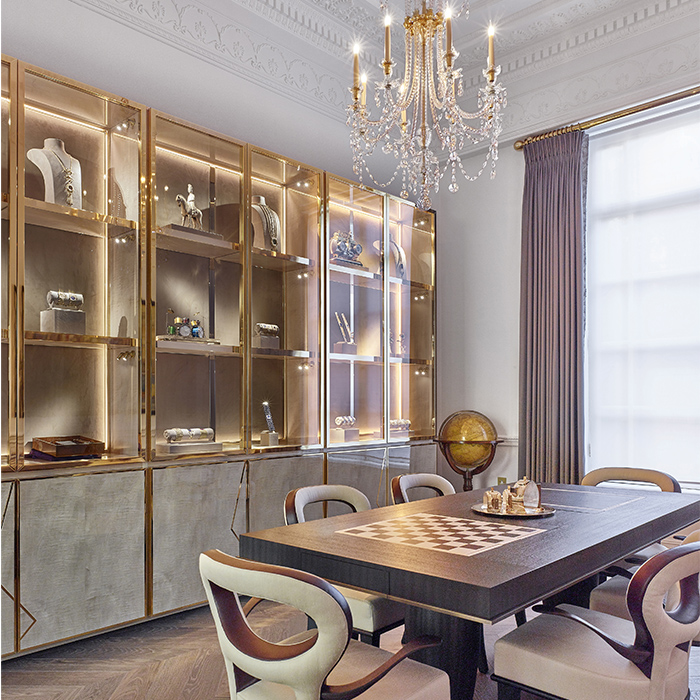
Each designer tends to develop their own personal style, which then intersects different resources given by travels, conversations with customers and colleagues, research on markets and regions. I spent a lot of time last year across the Middle East and I had the chance to learn more about the traditional Nadji architectural style, found in the geographic centre of Saudi Arabia, and in many ways a focal point of Saudi heritage. The interest for this model of architecture is given by the fact that it embraces not only elements of local culture, but it also comprises elements imported from other parts of the world, modernizing and adapting them to Saudi Arabia. This is one of my most interesting discoveries in recent years, as it is not reflected in other similar styles in Europe or the United States. Broadly speaking, in the Middle East you have the opportunity to observe different works that somehow bring people together and embrace different backgrounds and generations, resulting in truly welcoming projects.
